Tags
accordion, acrylic paint, Alicia Bailey, Alise Alousi, altered books, American Southwest, American West, Arches 90 lb., artists' books, Barry McCallion, Basingwerk, BFK, binding, birch, blankets, bookseller, Bradypress, bullet, Canson, Carolyn Hull, Carrier Pigeon, chapbook, Chinese, CMC, collage, collector, Connecticut, Daniel Kelm, deceit, desert, East Hampton, embossed paper, enamel, feathers, felt tip marker, Ferrum Wheel Press, galley proofs, gelatin, gesso, goatskin, gold tooling, Goudy, Goudy Bold, Granary Books, graph paper, Graphite, handmade paper, Harvard, hatchet, hoax, ink, inkjet, James Turrell, Japanese, Jen Bervin, Joelle Webber, John Van Dyke, KUED, l;oop, Lake City, laserfoil, laserprinted, leather, leporello, letterpress, maps, metal, Middletown, mixed media, Mohawk Via, Nebraska, New York, New York City, Omaha, Owen Wister, paper-mache, pens, photograph, pigment, pistol, poem, Portland, rare books, Ravenpress, Richard de Bas, Rick Moody, rifle, Robin Price, Roden Crater, Rutgers University, Saint Armand, Santa Monica, shovel, silk, stones, suede, sumi, Thomas Ingmire, Timothy C. Ely, trains, VERVE, voyeurism, Walt Whitman, watercolor, Wave Books Poetry Bus Tour, wax, white-out correction, Wide Awake Garage, wooden nickel
“Artists’ books are…a blown-up conference of multiple elements.”
KUED‘s online video series, VERVE, features artist’s books from the rare book collections in “Artists’ Books,” episode 5, season 6, “Its All About the Book.”
Here are some of the pieces chosen by the Rare Books staff for this episode:
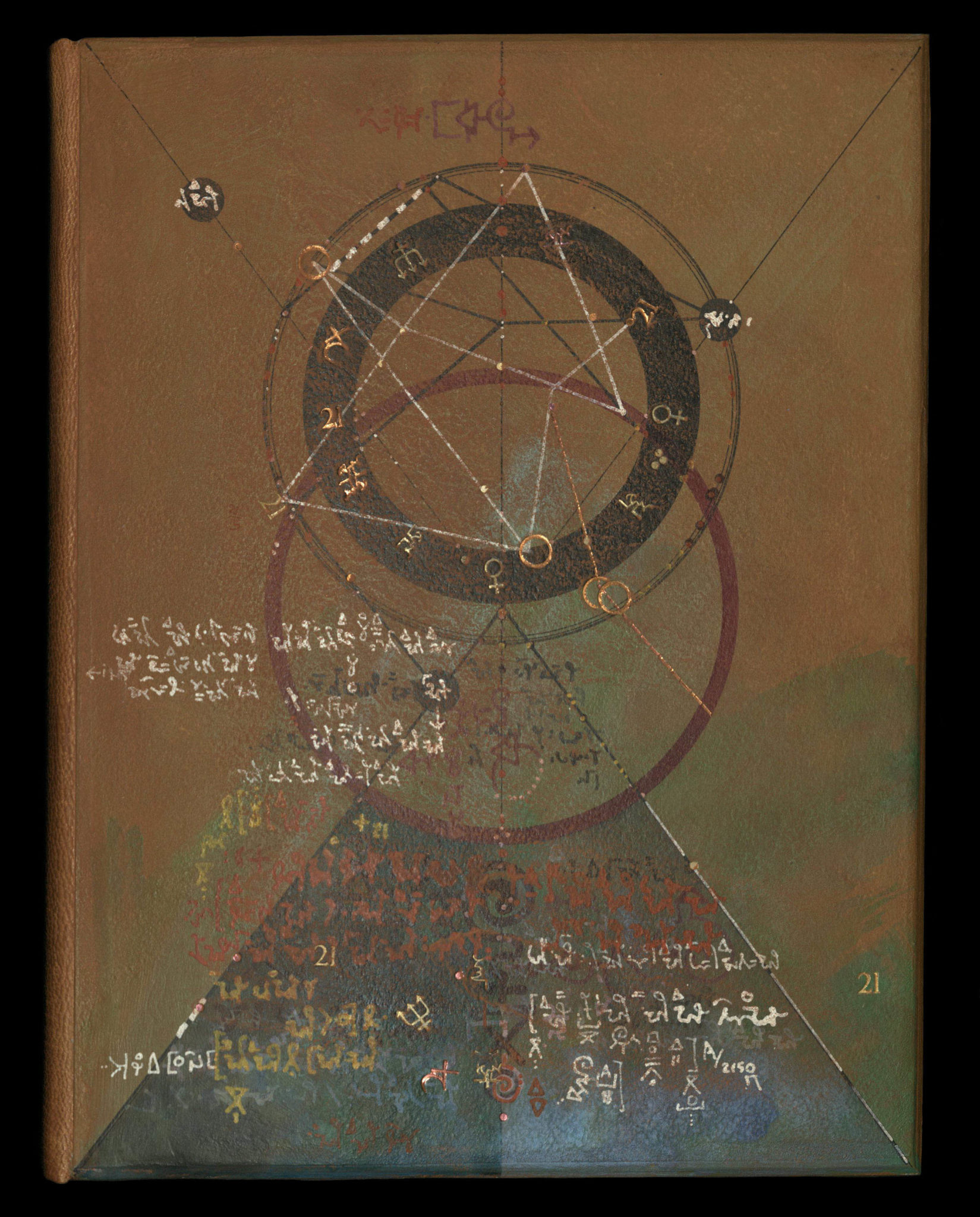
ARKA
Timothy C. Ely
Portland, OR: T. Ely, 1995
N7433.4 E35 A7 1995
The book is drawn on BFK gray paper that was brush-sized with gelatin and CMC, then under painted with CMC and acrylic paint. Other materials include ink, Graphite, and watercolor. Each folio is sewn onto four raised cords that, on completion of the sewing, were laced into birch plywood boards. The end bands are silk worked over cores of leather. The spine of the book is goatskin. The board pastedowns are painted paper. The boards have a small amount of gold tooling suggestive of one part of the history and technology of the art of binding. Otherwise the cover boards are painted. The book is contained in a wooden box.
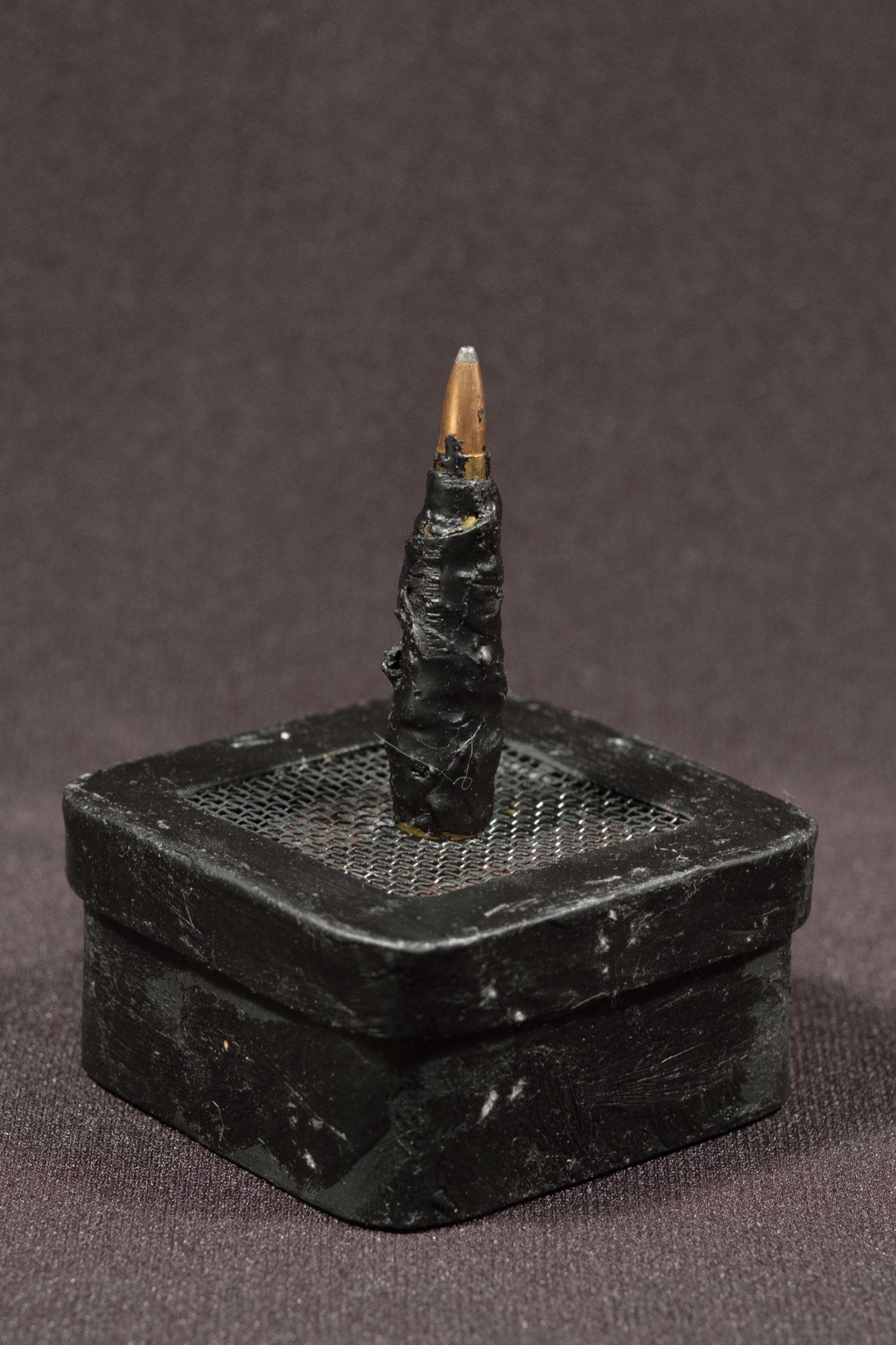

Hunting the Burn
Alicia Bailey
Lake City, CO: Ravenpress, 1998
N7433.4 B22 H86 1998
Two-sided leporello with self in-folded covers and removable spines. One side is Carolyn Hull’s poem “Hunting the Burn,” laserprinted on Basingwerk, overcoated with wax and pigment; the other side is a panoramic painting by Alicia Bailey, digitally reworked and printed with color inkjet on Arches 90 lb. cover and overcoated with wax. Four of the twelve panels have hand-cut rectangular openings with mixed media insertions. Covers are black Canson with hand applied enamel. Title piece is laserfoil on black paper. Spine pieces are black embossed paper laminated to black Canson. The box is paper-mache, gesso and pigmented wax. Box top has metal mesh and hemp-wrapped, wax-covered bullet attached. Inside box are stones and feathers. Edition of twenty copies, signed by Alicia Bailey and Carolyn Hull. Rare Books copy is no. 10.
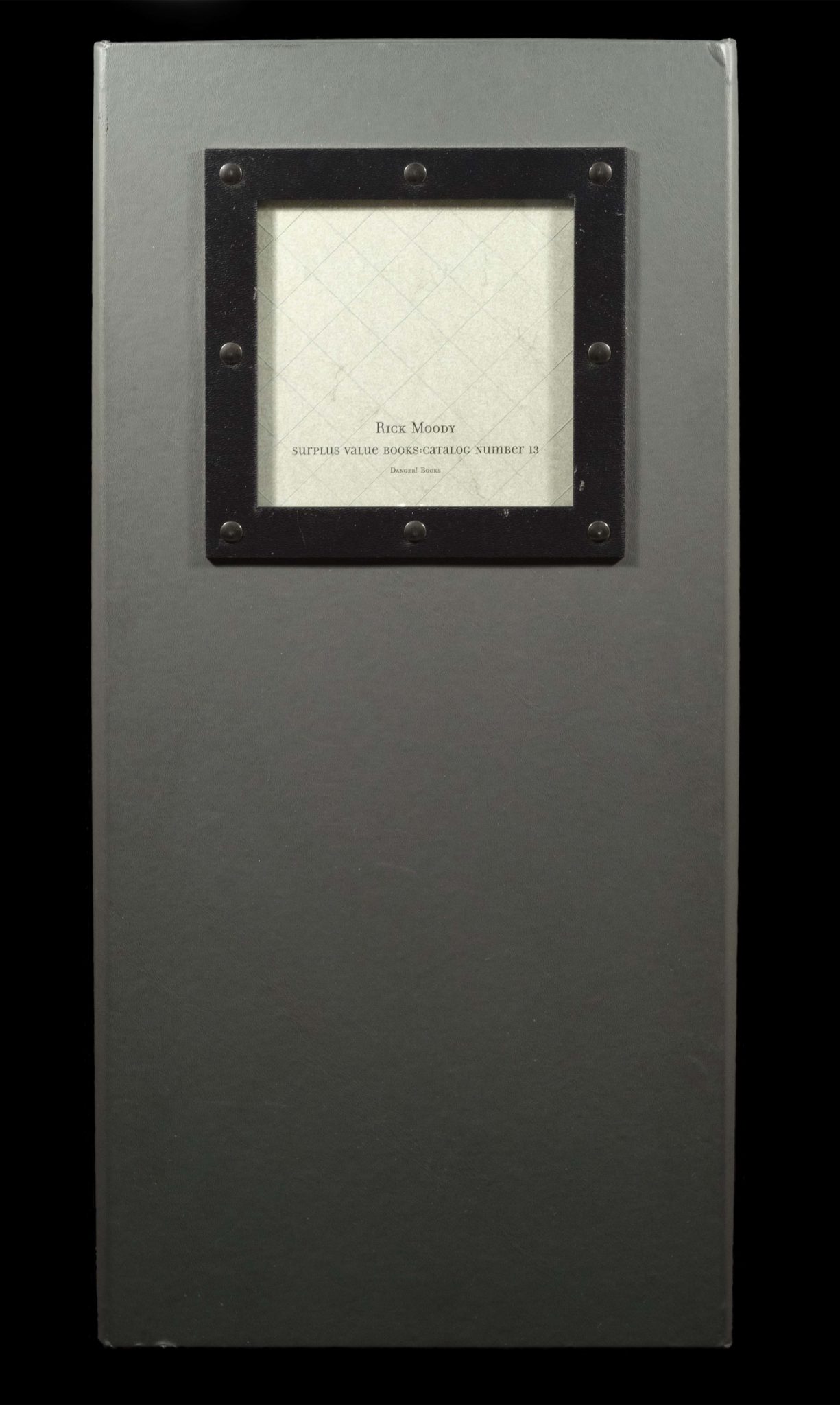

Surplus Value Books: Catalog Number 13
Rick Moody
Santa Monica, CA: Danger! Books, 2002
N7433.4 M644 S6 2002
Deluxe edition presented as a collector’s box, containing two pens, one felt tip marker, one white-out correction pen, one pencil, one wooden nickel, one photograph with loop, seven photographs of “original artwork for placement only,” and other items. Text is composed in the form of galley proofs. Upon removing the galley holding the text, the reader is presented with a removable panel resembling a hospital release checklist. Holes cut into this panel reveal the objects contained below. The collectible objects in the box act as literal illustrations to the story. The narrator of the story is a bookseller, collector, mental patient. The story is told through the description of books for sale in the bookseller’s catalog. Values are assigned to each item in the catalog according to the bookseller’s inherent personal desire for each item. Themes of value, voyeurism, and deceit are presented as a pathology of collecting through the multiple layering of information and the revealing of objects of desire that are contained in the collector’s box. This work was first published in offset. Collector’s box constructed by Daniel Kelm at Wide Awake Garage. Rare Books copy is lettered “H.”

43, According to Robin Price with Annotated…
Robin Price
Middletown, CT: Robin Price, 2007
N7433.4 P753 A15 2007
From the colophon: “Paper maps from locations along the 43rd parallel are bound in an accordion that structurally supports the main text, which is printed on graph paper and also hinged together as an accordion (opening to 20 ft.)…The unusual double-layer accordion, housed in a printed cloth-covered clamshell box, is co-designed and co-produced by Daniel Kelm at Wide Awake Garage…” Edition of eighty-six plus twelve deluxe copies. Rare books copy is no. 23.
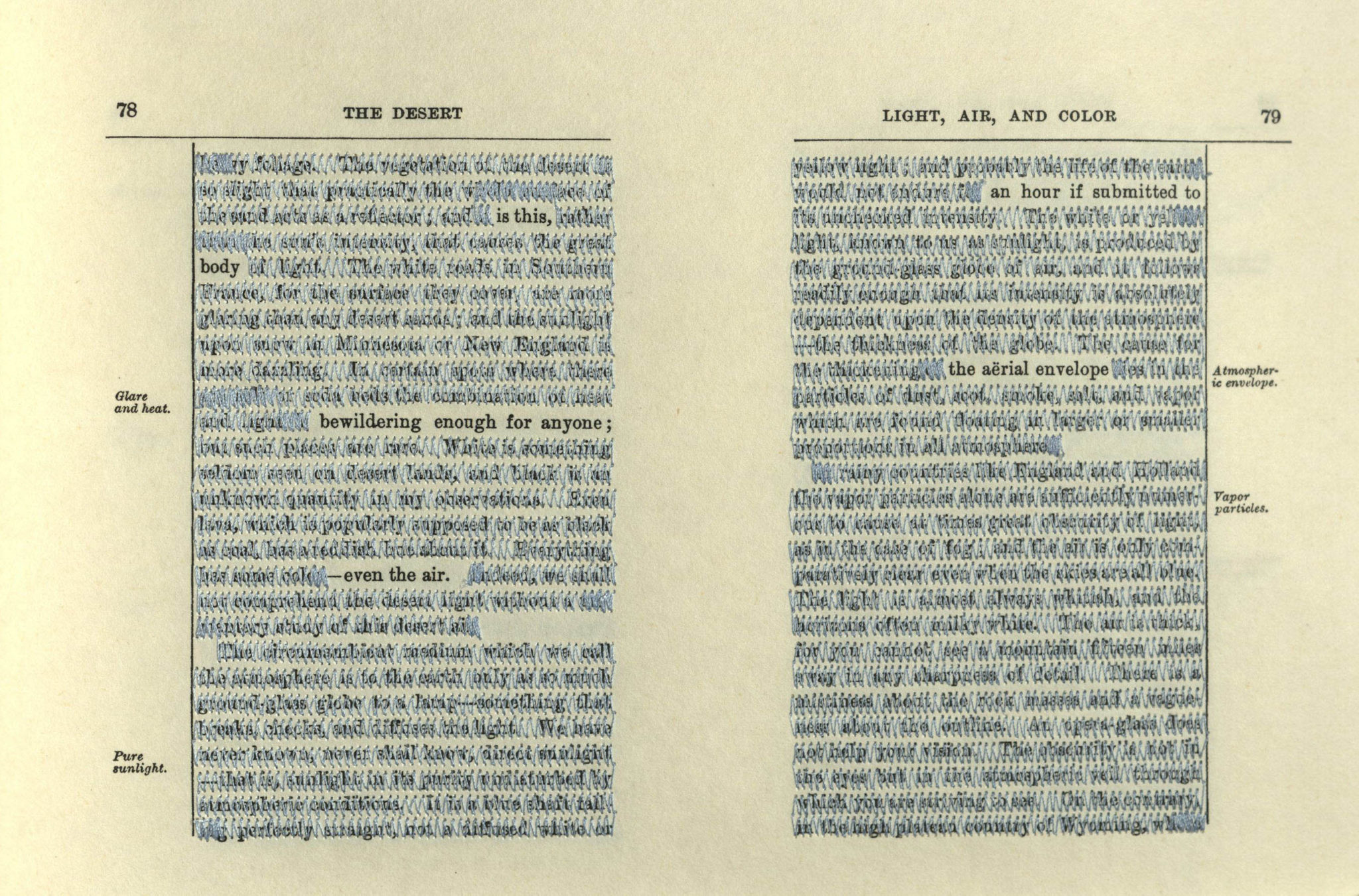
The Desert: Further Studies in Natural Appearances
Jen Bervin
New York City: Granary Books, 2008
N7433.4 B47 D47 2008
An altered book is a form of mixed media artwork that takes a book from its original form into a different form, altering its meaning. The artist may take an old or new book and cut, tear, glue, burn, fold, paint, add collage, create pop-ups, rubber-stamp, drill, bolt or be-ribbon the book to create a new work that is the expression of the artist. In this case, it is the text that is altered — by sewing over certain passages and leaving others exposed. The text from which Jen Bervin’s poem emerges is The Desert, written by John Van Dyke (1856-1932), a professor of Art History at Rutgers University. Van Dyke, the author of several books on art theory of the Art-For-Art’s-Sake school, claimed to have spent three years in the American Southwest desert with only his fox terrier for company and a pony for transportation. According to Van Dyke, he carried with him a rifle, a pistol, a hatchet, a shovel, blankets, tin pans and cups, dried food and a gallon of water. His romantic rhapsody of this trip, published in 1901, was a big hit, extremely influential and remains in print. In fact, Van Dyke saw most of the great desert over which he swooned looking out the windows of trains on his way from one first-class hotel to another. The Desert, version 1901, is the fact-faulted, fantastic hoax of a well-bred, well-educated Easterner, in much the same way that Harvard-educated New Englander Owen Wister’s novel The Virginian (1902) is a glorification of an American West culture that didn’t exist. Prose poem adaptation with overlay of zig zag stitches in pale blue thread. Composed and sewn at James Turrell’s Roden Crater on the Wave Books Poetry Bus Tour in October, 2006. Housed in a hinged archival case. Issued in a wrapper of white muslim cloth and white felt stitched together with blue thread.

Justice: What is Justice?
Thomas Ingmire
T. Ingmire, 2009
N7433.4 I48 J87 2008
Handmade paper mounted over board, Chinese Sumi ink, wide-edged pen (Automatic pen), Japanese brush.
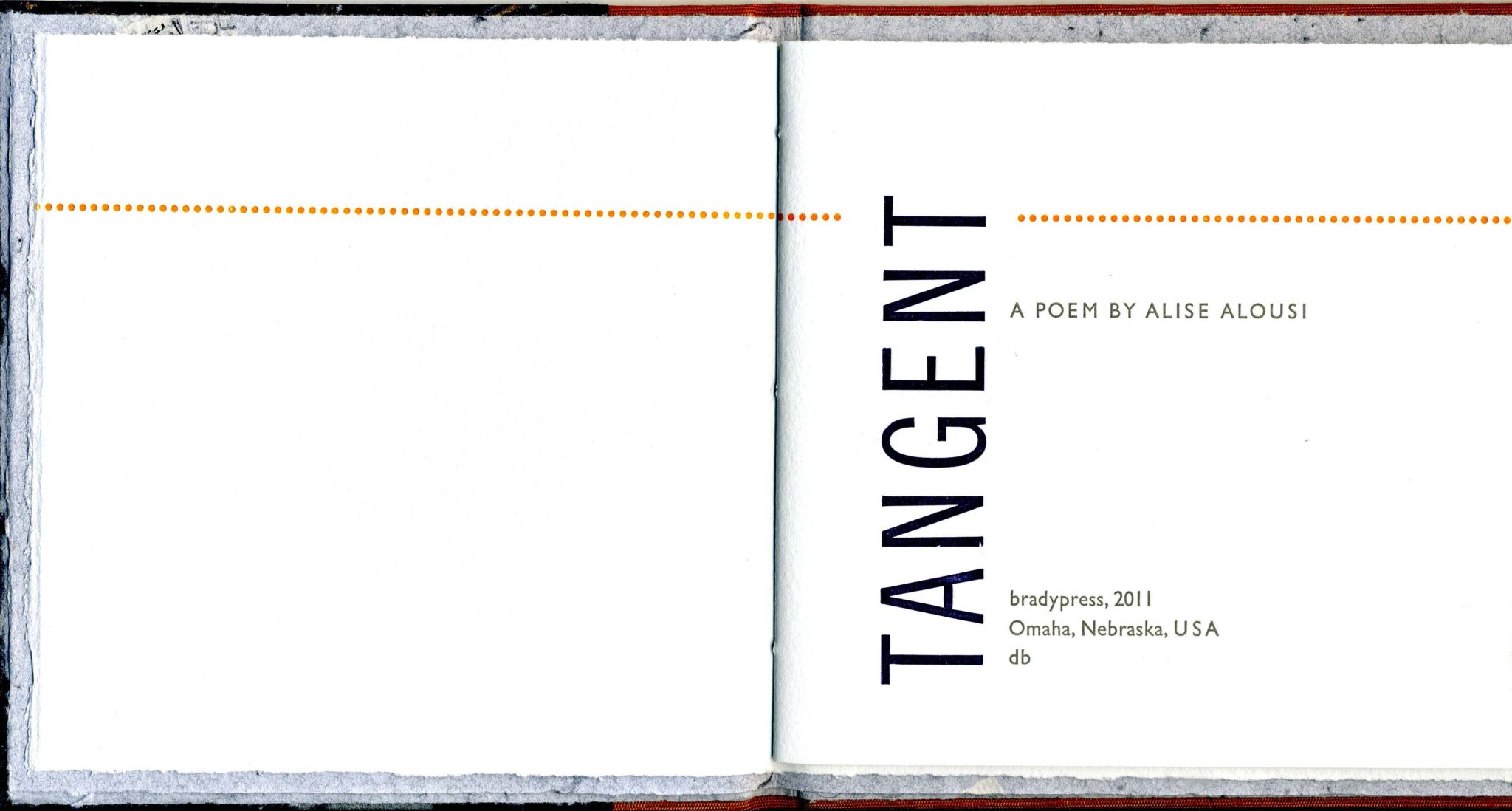
Tangent
Alise Alousi
Omaha, NE: Bradypress, 2011
PS3551 L665 T36 2011
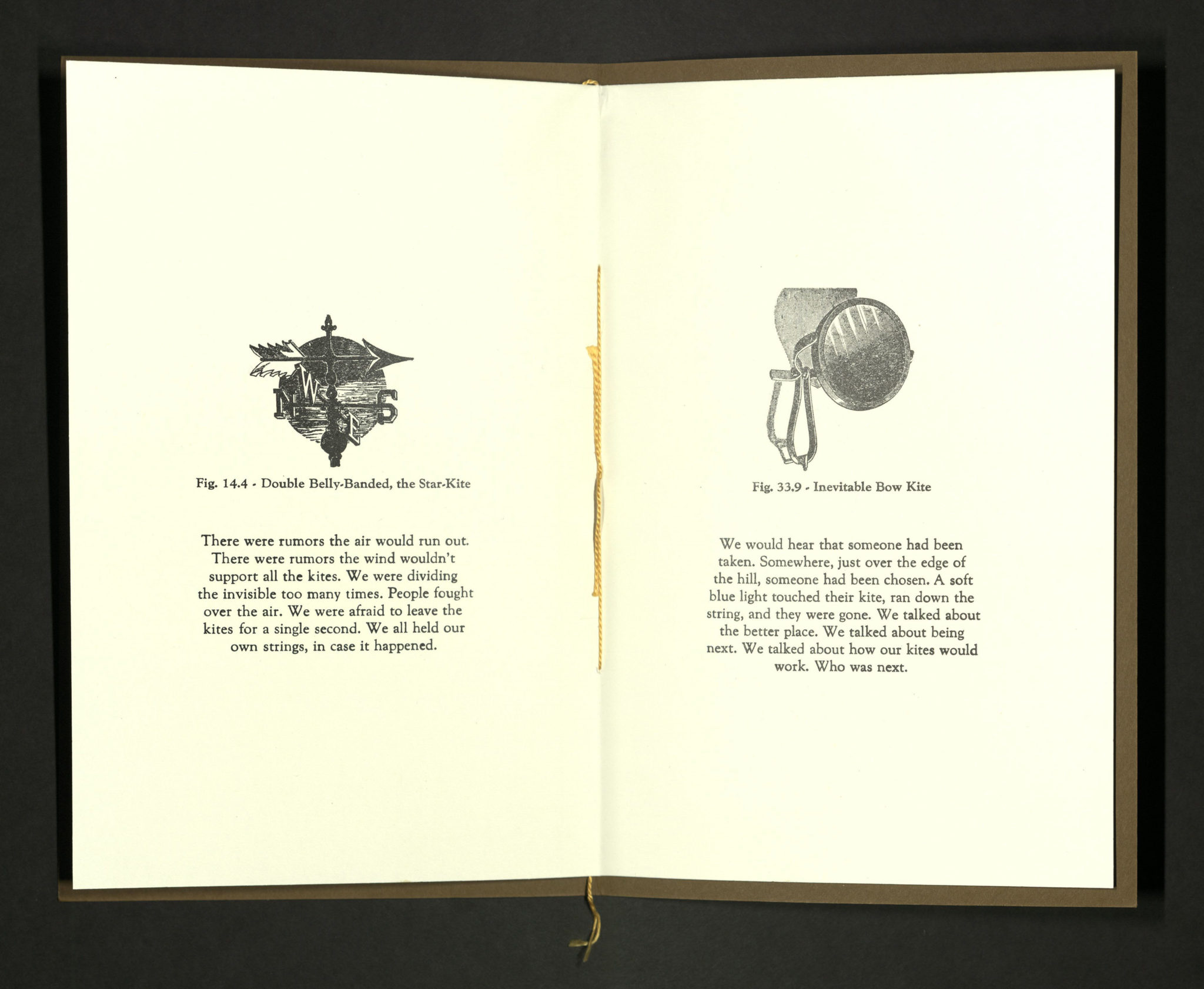
The Latest Things in Kites
Christopher Fritton
Ferrum Wheel Press, 2014
PS3606 R58 L37 2014
Artist’s statement: “A chapbook produced for Carrier Pigeon magazine as as tip-in, The Latest Things in Kites borrows language and its title from a chapter in the book, Fun for Boys. The chapbook is a single-sheet, four-page fold-over with rounded corners and a small embroidery thread tail. Handset in 14pt Goudy Bold and 10pt Goudy with antique copper cuts on Mohawk Via vellum. Hand letterpressed.” Edition of 1200 copies.

Whitman Crosshatch
Walt Whitman (1819-1892)
East Hampton, NY: 2015
PS3222 A7 2015

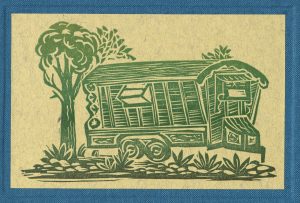
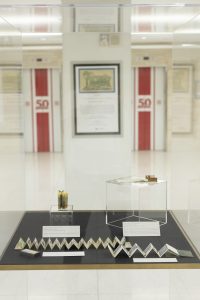
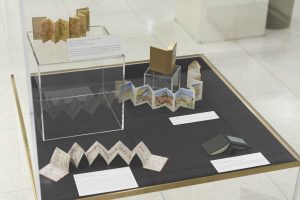
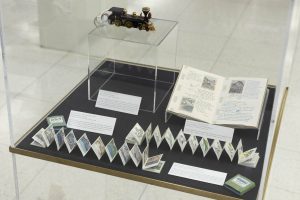
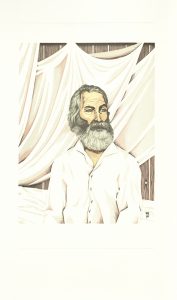
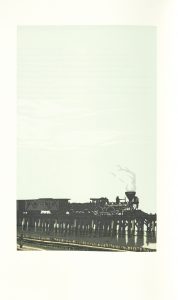
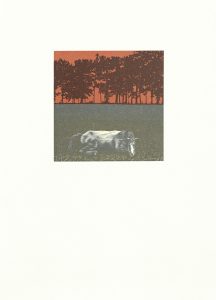
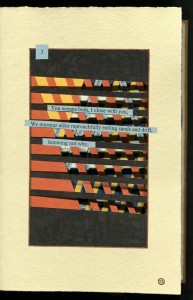

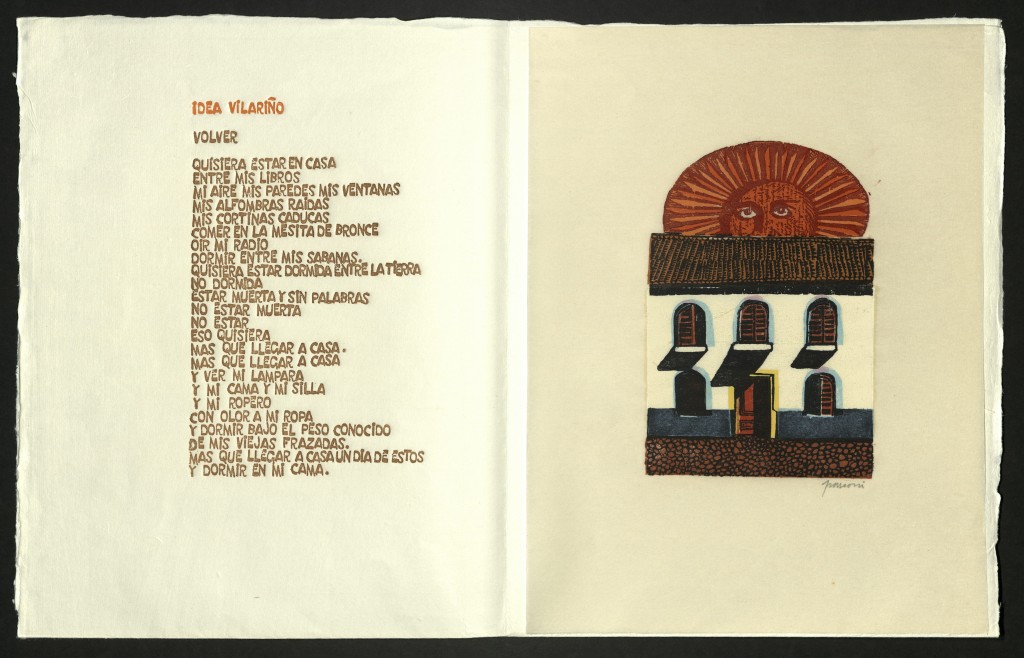
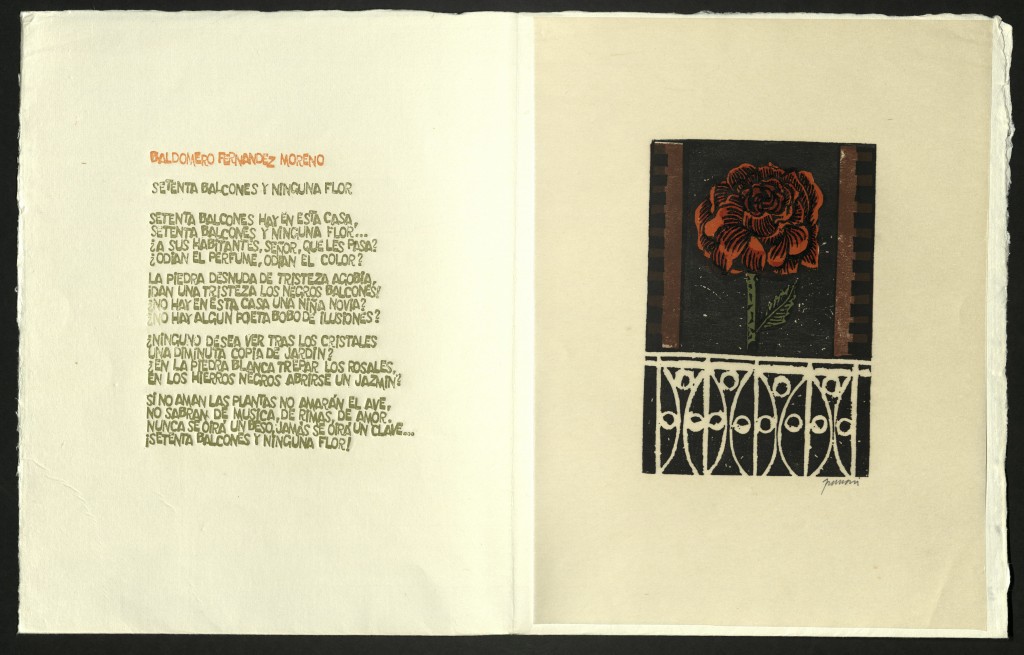
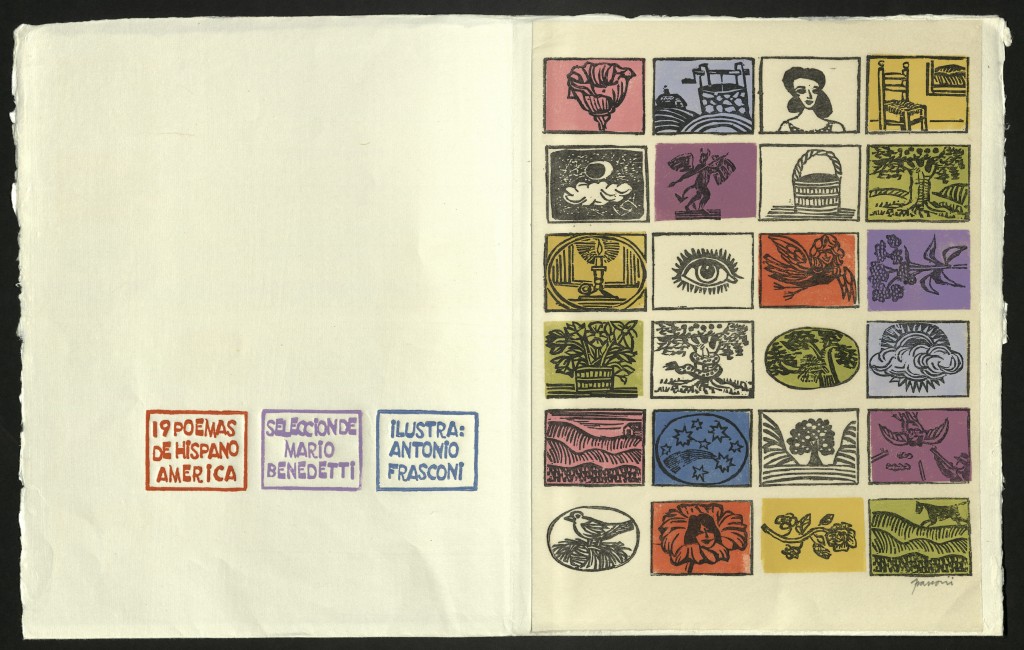
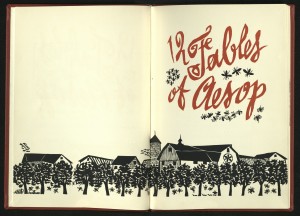
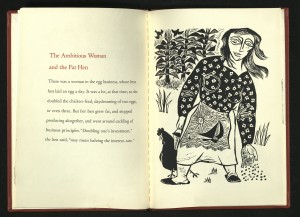
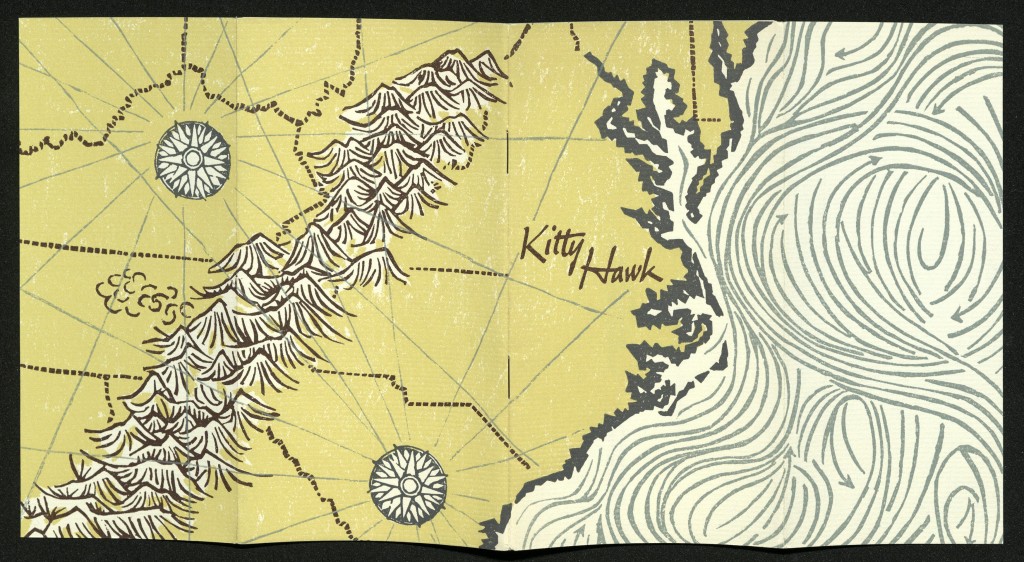

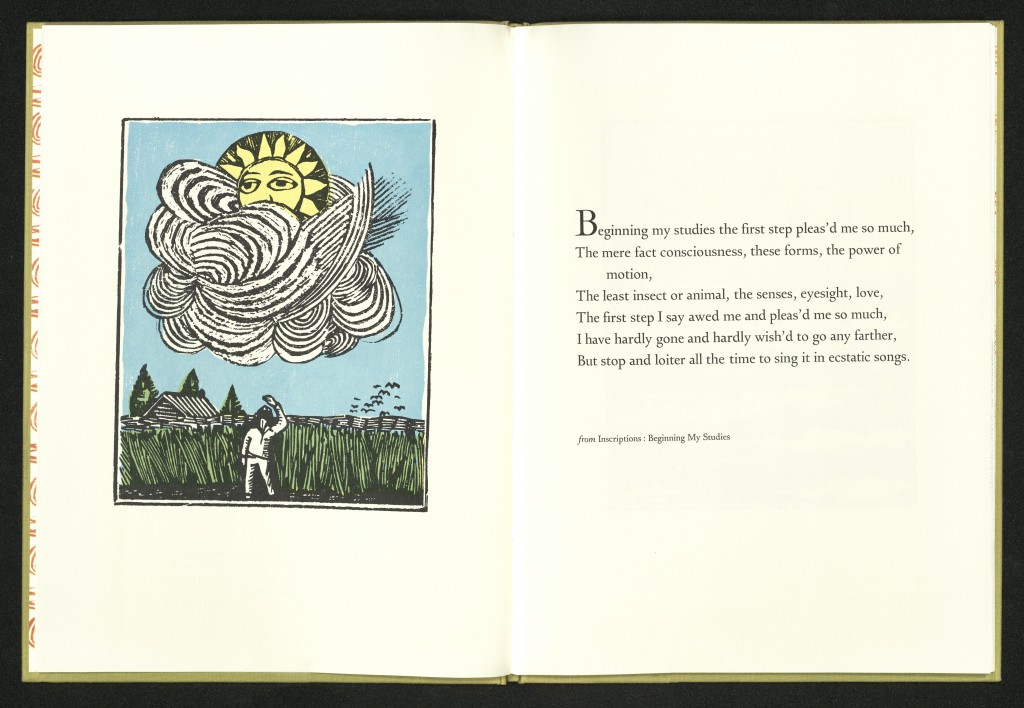
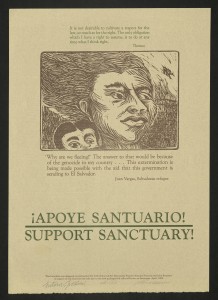
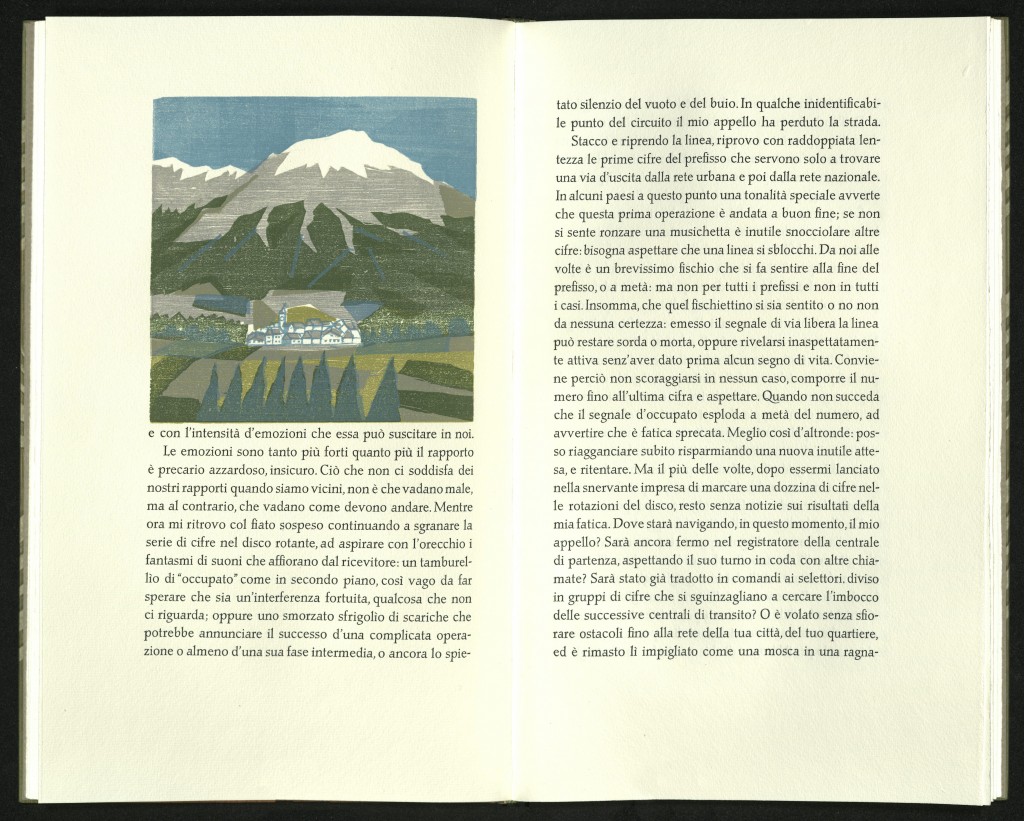
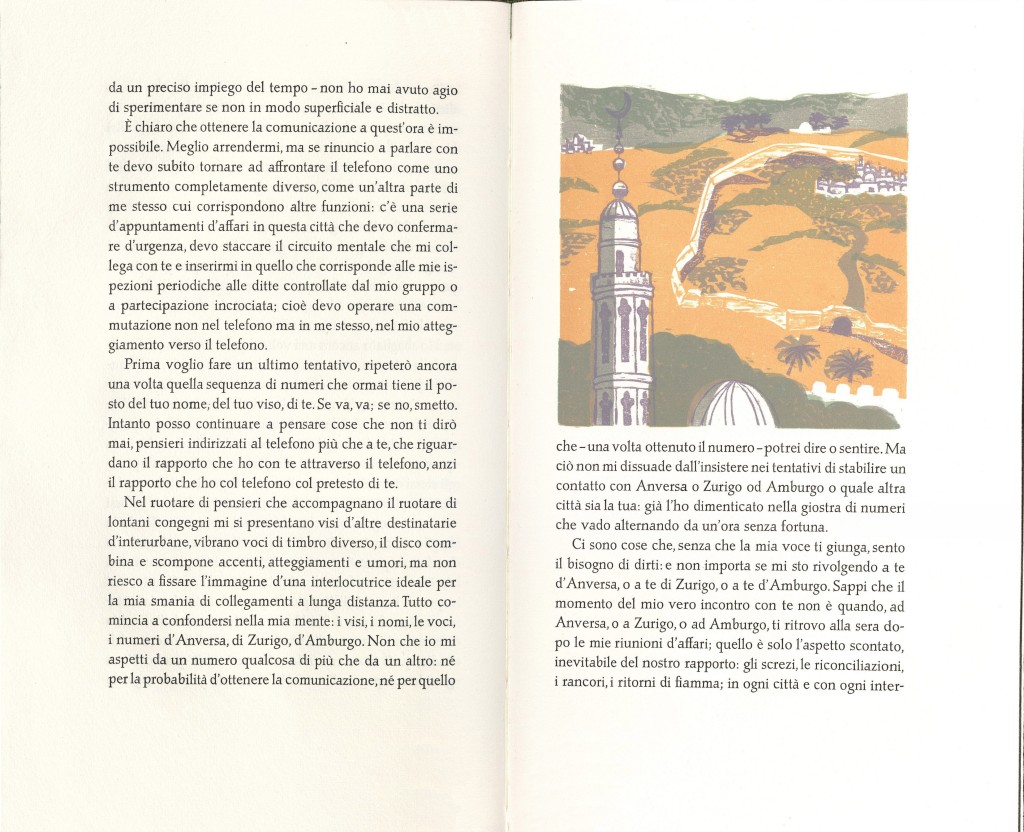
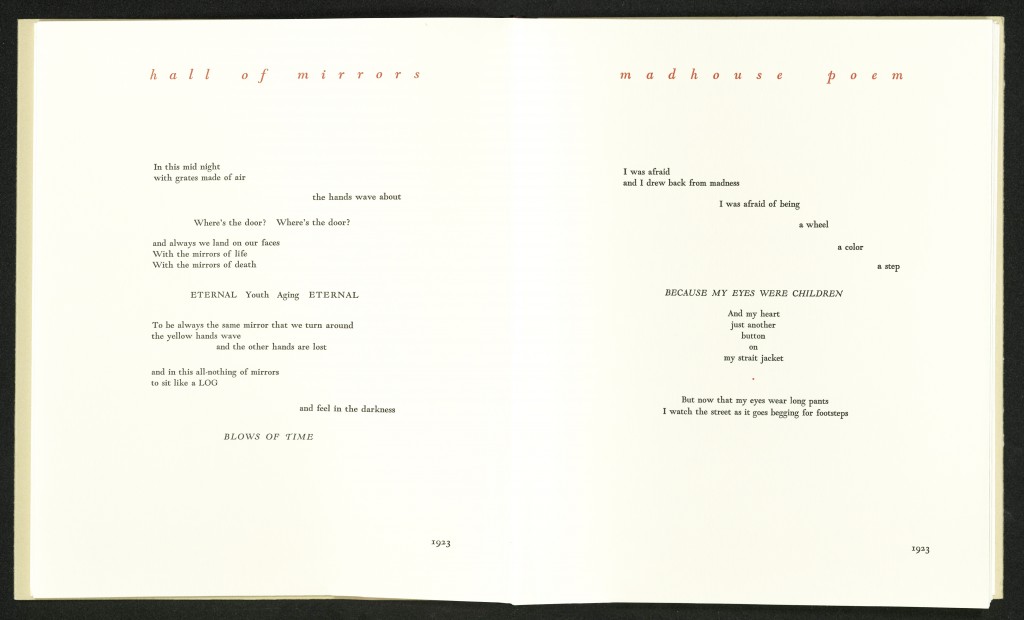
You must be logged in to post a comment.